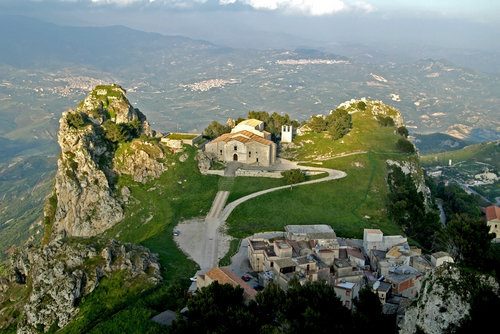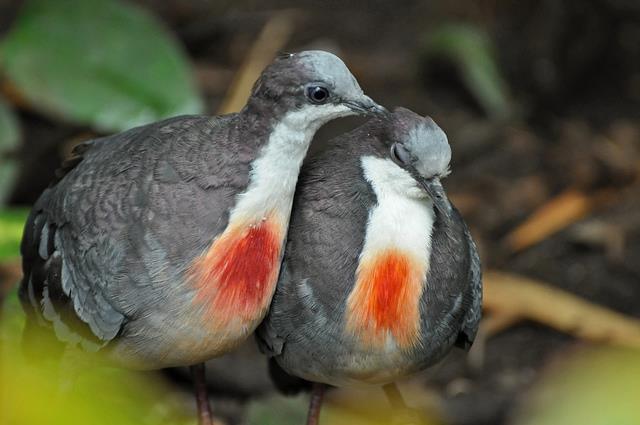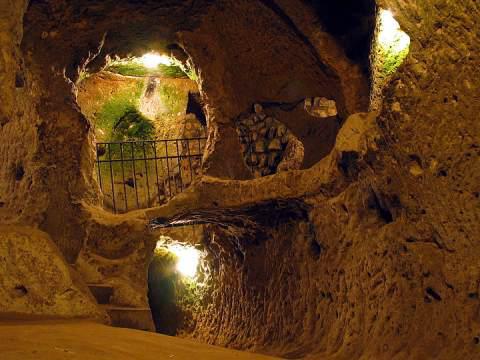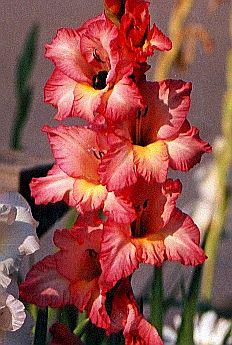Saturday 30 March 2013
Wild Lettuce flowers of North America
Lactuca virosa is a plant in the Lactuca (lettuce) genus, ingested often for its mild psychotropic (specifically hypnotic or sedative) effects which are often described as being similar to that of opium. It is related to common lettuce (L. sativa), and is often called Wild Lettuce, Bitter lettuce, Laitue vireuse, Opium Lettuce, Poisonous Lettuce, or Rakutu-Karyumu-So.
Published on:
08:32
0
The Leafy Sundew Plants of Australia
Drosera stolonifera, sometimes referred to as the leafy sundew, is a tuberous perennial species in the genus Drosera that is endemic to Western Australia. It produces 2 to 3 semi-erect lateral stems that grow 10 to 15 cm long. It is most closely related to D. purpurascens, but differs by several characteristics including height and petiole length. It is native to a number of swampy locations around Perth south to Pinjarra. It grows in peaty water-logged soils in swamp heathland and flowers from September to October. After a bushfire it will flower en masse.
Published on:
08:27
0
The Taimu Mountains in Fujian Province, China
The Taimu Mountains is one of the most famous tourist spots. It has lots of high mountains, clear rivers and amazing parks. It is known as the "Paradise at Sea" for its steep mountains, spectacular rock formations, secluded caves and foggy climate. Located in Fuding in northeastern Fujian Province, Taimu Mountain National Scenic Area stands on the bank of the East Sea, nestled at the foot of the mountain.
Published on:
07:55
0
Preachers Rock – Preikestolen, Norway
Preachers Rock in Preikestolen, Norway
The Pulpit or Pulpit Rock is a natural rock platform in Ryfylke in Norwegian Rogaland county, and a tourist destination with a wide view over the Lysefjord and the surrounding mountains.
The size of the rock plateau is approximately 25 by 25 meters. The Fjellkante falls 604 meters vertically from the nearly 40-kilometer-long fjord. The pulpit is hiked annually by about 100,000 people.
The Pulpit Rock is located in Rogaland, a western district in southern Norway. The distance to Stavanger, the fourth largest city of Norway is, as the crow flies about 25 kilometers.
The platform is accessible from the end of the road for just over a Preikestolhytta hiking and bridle path. The path leads steeply until a ridge up and then almost ground level through muddy forest paths through piles of Urskarhöhe and from there through a boulder field to Neverdalsskaretpass up. On a small lake over one finally reaches the platform through a secured unsecured with stairs and railings piece.
Published on:
06:50
0
Tongkonan - Traditional houses of Sulawesi, Indonesia
Tongkonan is the traditional ancestral house, or rumah adat of the Torajan people, in Sulawesi, Indonesia. Tongkonan have a distinguishing boat-shaped and oversized saddleback roof. Like most of Indonesia’s Austronesian-based traditional architecture tongkonan are built on piles. The construction of tongkonan is laborious work and it is usually built with the help of all family members. In the original Toraja society, only nobles had the right to build tongkonan. Commoners live in smaller and less decorated homes called banua.
Photo courtesy : dailytravelphotos.com
Published on:
06:35
0
The Red-fan Parrot, native to Amazon forests of South America
The Red-fan Parrot (Deroptyus accipitrinus), also known as the Hawk-headed Parrot, is an unusual New World parrot hailing from the Amazon Rainforest. It is the only member of the genus Deroptyus.
The Red-fan Parrot possesses elongated neck feathers that can be raised to form an elaborate fan, which greatly increases the bird's apparent size, and is possibly used when threatened. It generally lives in undisturbed forest, feeding in the canopy on fruits.
Published on:
06:05
0
Cobra Lily Plants of North America
Darlingtonia californica also called the California pitcher plant, cobra lily, or cobra plant, is a species of carnivorous plant, the sole member of the genus Darlingtonia in the family Sarraceniaceae. It is native to Northern California and Oregon, growing in bogs and seeps with cold running water. This plant is designated as uncommon due to its rarity in the field.
The name "cobra lily" stems from the resemblance of its tubular leaves to a rearing cobra, complete with a forked leaf - ranging from yellow to purplish-green - that resemble fangs or a serpent's tongue. The plant was discovered in 1841 by the botanist William D. Brackenridge at Mount Shasta. In 1853 it was described by John Torrey, who named the genus Darlingtonia after the Philadelphian botanist William Darlington.
Published on:
06:01
0
Sailfish of Atlantic Ocean
Sailfish are two species of fish in the genus Istiophorus, living in warmer sections of all the oceans of the world. They are predominately blue to gray in colour and have a characteristic erectile dorsal fin known as a sail, which often stretches the entire length of the back. Another notable characteristic is the elongated bill, resembling that of the swordfish and other marlins. They are therefore described as billfish in sport fishing circles.
Published on:
05:57
0
Sicily Island in Italy
Sicily is an attractive island on the southern part of Italy. It is separated from the mainland by the Straits of Messina. Sicily Island’s culture is a blend of different cultures resulting from its past periods of colonization by the Greeks, Romans, Catalans, Normans, and Arabs. Now, the language spoken by the locals is the Sicilian language.
Published on:
05:54
0
Derinkuyu Underground City in Turkey
Derinkuyu Underground City is an ancient multi-level underground city of the Median Empire in the Derinkuyu district in Nevşehir Province, Turkey. Extending to a depth of approximately 60 m, it was large enough to shelter approximately 20,000 people together with their livestock and food stores. It is the largest excavated underground city in Turkey and is one of several underground complexes found across Cappadocia. It was opened to visitors in 1969 and to date, about half of the underground city is accessible to tourists. — with Seyed Mufeed Muhsin Jifri, Jincy George, Arun Janardhanan and Shores Of Ecstacy.
Published on:
05:46
0
The Brown Wood Owl of Srilanka
The Brown Wood Owl (Strix leptogrammica) is an owl which is a resident breeder in south Asia. This species is a part of the family of owls known as typical owls (Strigidae), which contains most species of owl. It belongs to the earless owl genus Strix.
The Brown Wood Owl is medium large (45–57 cm), with upperparts uniformly dark brown, with faint white spotting on the shoulders. The underparts are buff with brown streaking. The facial disc is brown or rufous, edged with white and without concentric barring, and the eyes are dark brown. There is a white neckband.
Photo credits : My planet experience
Published on:
05:34
0
Gladiolus flowers, native to South Africa
Gladiolus is a genus of perennial bulbous flowering plants in the iris family (Iridaceae). It is sometimes called the 'Sword lily', but usually by its generic name. The genus is distributed in Mediterranean Europe, Asia, Tropical Africa and South Africa. The center of diversity of the genus is located in the Cape Floristic Region, where most species were discovered. The genera Oenostachys, Homoglossum, Anomalesia and Acidanthera, traditionally considered independent entities, currently are included in Gladiolus.
Published on:
05:25
0
Iskanderkul in Gissar Range Fann Mountains, Tajikistan
A mountain lake of glacial origin in Tajikistan's Sughd Province. Located at an altitude of 2,195 m on the northern slopes of Gissar Range in the Fann Mountains. Triangular in shape, it has a surface area of 3.4 km2 and is up to 72 m deep. One of the most beautiful mountain lakes in all of the former Soviet Union, a popular tourist attraction.The lake takes its name from Alexander the Great: Iskander is the Persian pronunciation of Alexander, and kul is lake in Tajik, which is of Turkic origin.
Published on:
05:22
0
Meteora Monastery in Greece
The Metéora is one of the largest and most important complexes of Eastern Orthodox monasteries in Greece, second only to Mount Athos. The six monasteries are built on natural sandstone rock pillars, at the northwestern edge of the Plain of Thessaly near the Pineios river and Pindus Mountains, in central Greece.
 |
| Photo credits : Darby Sawchuk |
Published on:
05:19
0
Subscribe to:
Posts (Atom)
Poll
Become our Fan
Blog Archive
-
▼
2013
(546)
-
▼
March
(63)
- Necklace Sea Star starfish of Pacific Ocean
- Amazing patterns...!!
- Japanese dwarf flying squirrel, one of Japan's cut...
- Hotel Hospes Maricel, Mallorca, Spain
- Green Lake in Upper Styria, Austria
- Folegandros, Greece.
- Fjadrargljufur, Iceland
- Torngat Mountains
- Lake Baikal in Siberia
- Noisy Night Monkeys of Ecuador
- Wild Lettuce flowers of North America
- The Leafy Sundew Plants of Australia
- The Taimu Mountains in Fujian Province, China
- Great Argus Pheasant Bird, native of Indonesia
- Tillandsia Ionantha plants, native to Costa Rica
- The Poll Islet in Queensland, Australia
- Corvin Castle in Romania
- Bandos Island Resort
- Ring-necked Pheasant Bird
- Rufous-crested Coquette Bird, found in Peru
- Bulwer's Pheasant Bird, native to Indonesia
- Preachers Rock – Preikestolen, Norway
- Greenery is a blessing!!
- Verdon in Provence, France
- Bolgheri in Tuscany, Italy
- Tongkonan - Traditional houses of Sulawesi, Indonesia
- Cherry Blossoms in Japan
- Cherry Blossoms in Japan
- Temple of Haroeris and Sobek in Egypt
- An evening at Monaco
- The Red-fan Parrot, native to Amazon forests of So...
- Cobra Lily Plants of North America
- The African Emerald Cuckoo, native to South Africa
- Sailfish of Atlantic Ocean
- Banasura Hill
- Sicily Island in Italy
- Mottled Cup Moth caterpillars
- A peacock in flight..!
- The Skycycle
- Luzon Bleeding-heart birds, native to Philippines
- Derinkuyu Underground City in Turkey
- The Brown Wood Owl of Srilanka
- The beautiful blue waters
- Japanese flying squid
- Gladiolus flowers, native to South Africa
- Ariel view of Ghadames Town in Libya
- Iskanderkul in Gissar Range Fann Mountains, Tajiki...
- Meteora Monastery in Greece
- A-Ma Temple in Macau, China
- Blue Lagoon, Iceland
- Djenne mosque in Timbuktu, Mali
- Kryztopor castle in Swietokryskie Voivodeship, Poland
- Tantallon Castle, Scotland
- Ericsson Globe, Swden
- Cavendishia Grandifolia Flowers
- Wat Chiang Man in Chiang Mai, Thailand
- Gran Canaria , Canary Islands
- Pelican Flower of Central America
- Brazilian three-banded Armadillo, native to Brazil
- Stonehenge in wiltshire, United Kingdom
- Parthenon Temple in Athens, Greece
- Kizhi Pogost in Russia
- BEAUTIFUL GOLDEN TABBY TIGER
-
▼
March
(63)
How To
About The Author
- Unknown
Main Menu (Do Not Edit Here!)
Twitter (Don't Edit)
Most Read Articles
-
Lake Berryessa is the largest lake in Napa County, California. This reservoir is formed by the Monticello Dam, which provides water and hydr...
-
Is the sum of the longest Hohenwerfen with the history of the castle , once the Castle and the fabulous scenery. Werfen castle is situated a...
-
Devil’s Pulpit is located about 200 yards off Deerberry Lane in the Blood River bottoms. This rock formation sits up high on a steep hill o...
-
Christ statue is a Christian symbol, and a symbol of city pride. Christ statue with open arms seen by many as a sign of the warmth of the Br...
-
Hussaini suspension bridge is located in Pakistan, not just Amazing Bridge world, but also the most dangerous bridge of Pakistan and it is a...
-
One of the gorgeous beach in world is Playa Paraiso in Cuba’s finest beach island Cayo Largo. This beach well deserves its name of “Paradise...
-
Europe is a continent with some of the most beautiful countries in the world. Today we will present you our list of 10 Most Beautiful Countr...
-
The Giant Tomato Tree is a gardener’s dream come true! It is a virtual tomato factory with a new crop of farm fresh tomatoes each week, ever...
-
Chand Baori is a very old wells once with a beautiful view and the famous step well in India. Located near the town of Abhaneri near Jaipur ...
-
Dubai Roller Coaster - the world's fastest roller coaster is at Ferrari World in Abu Dhabi. It does 0-60mph in less than two seconds, us...
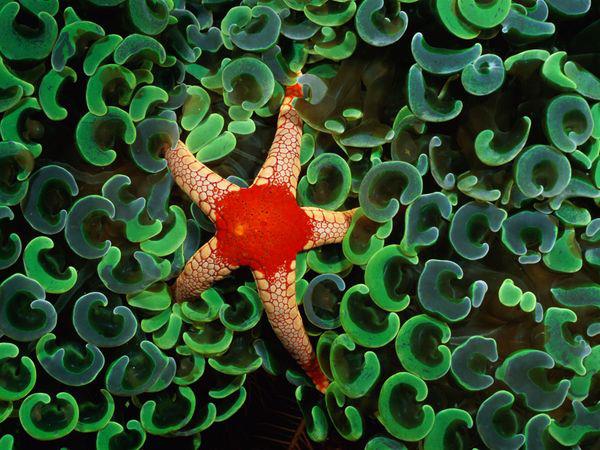



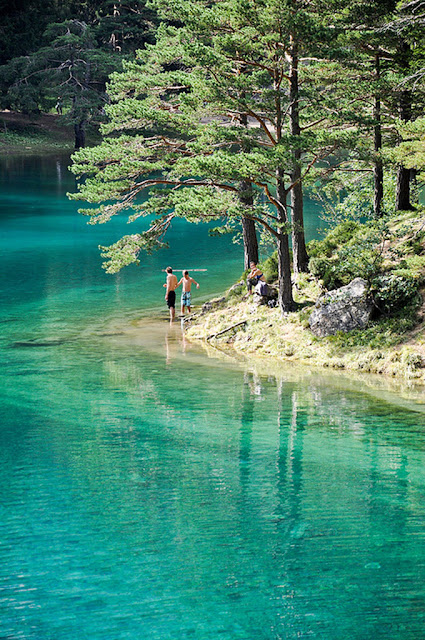



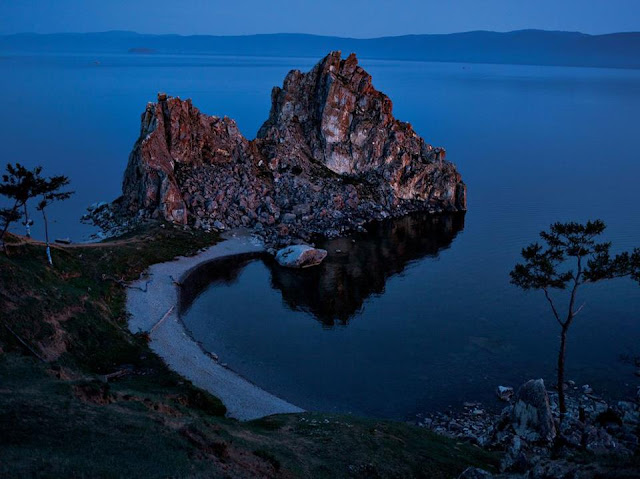


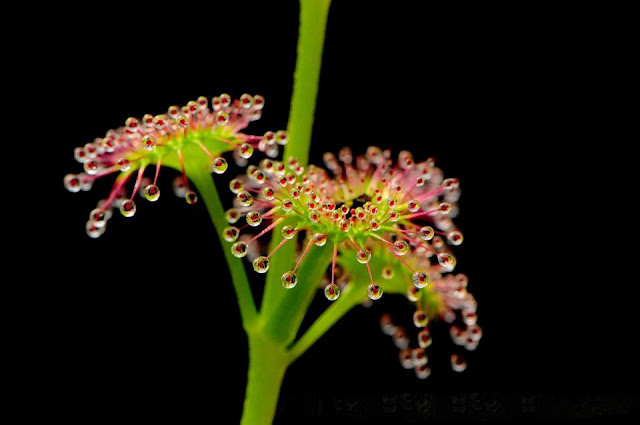


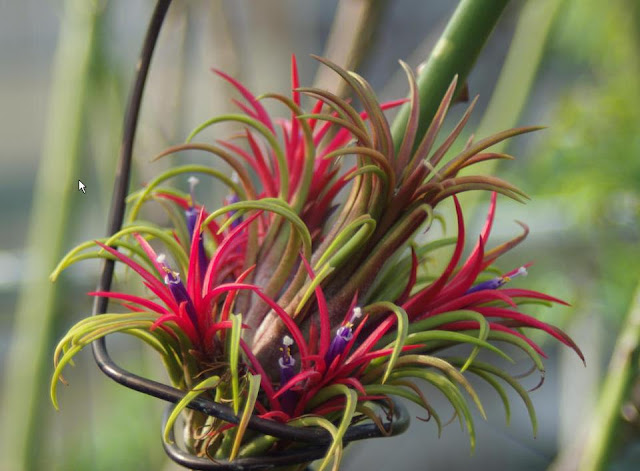





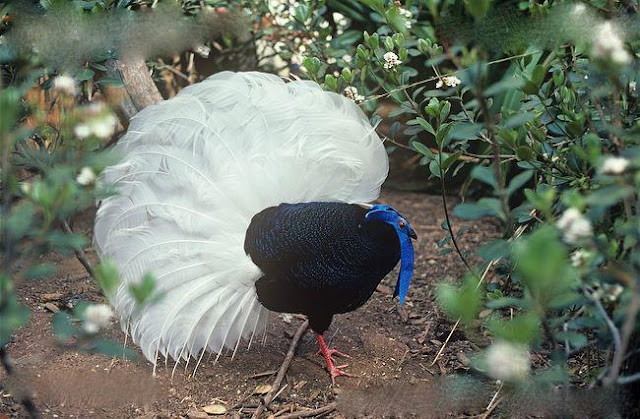







.jpg)









